Bergera koenigii L.
| Etymology | Genus | unknown |
|---|---|---|
| Species | After Johann Gerhard Koenig, a 18th century Danish naturalist and botanist | |
| Family | Rutaceae | |
| Synonyms | Murraya koenigii (L.) Spreng. | |
| Common Names | Curry Leaf Plant, Curry Tree | |
| Status | Exotic: Casual | |
| Form | Tree | |
| Native Distribution | China, Indian subcontinent, Indochina | |
Diagnostics:
Bergera koenigii is a small tree commonly cultivated and occasionally found in kampung relic forests. It bears some resemblance to Clausena excavata, but has shorter compound leaves bearing fewer leaflets, with each leaflet having serrated margins.
Interesting Facts:
The leaves of the Curry Plant releases a smell when crushed, and they are used in Indian curry and some Chinese dishes like chilli crab, butter prawns and curry leaf chicken. They contain high levels of anti-oxidants, and may help to savage free radicals and reduce bad cholestrol and triglyceride (Kubala, 2025). The leaves are eaten raw or placed in hot water to drink as tea for its health benefits (pers. obs.).
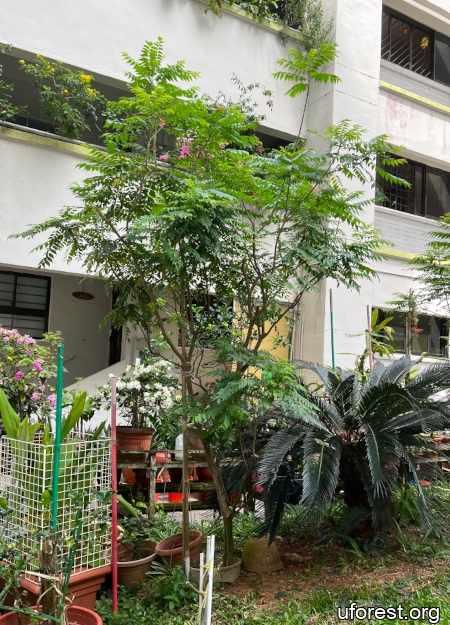
Cultivated Curry Leaf Plant in a residential garden.
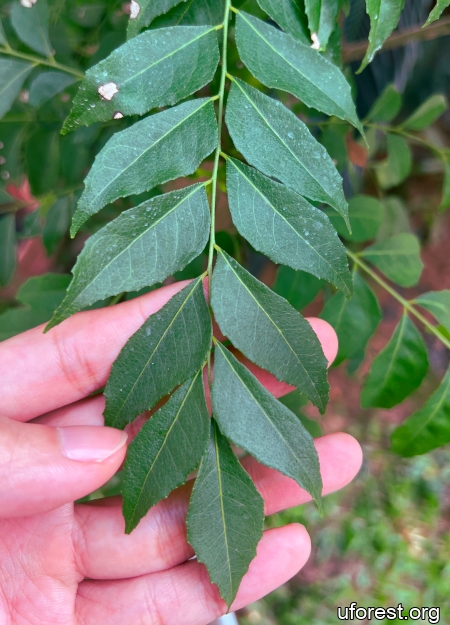
Compound leaf with a terminal leaflet.
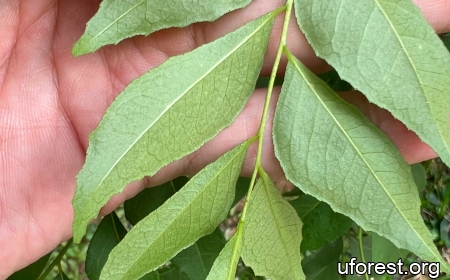
Underside, note the serrated margins and rhomboid shape.
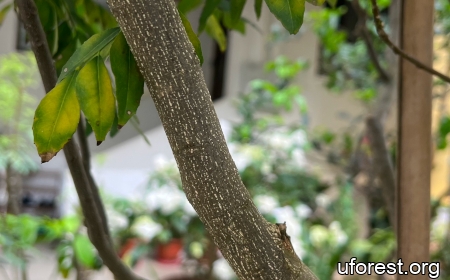
Bark.
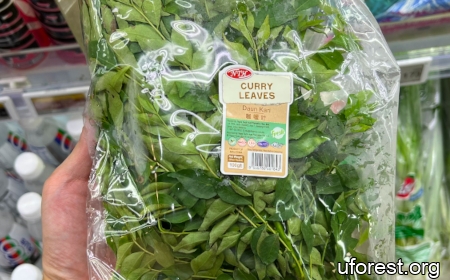
Leaves for sale in a supermarket.
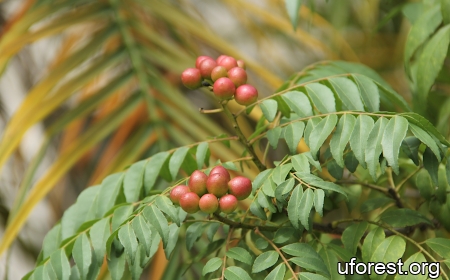
Fruits.
References
Kubala J (2020) 9 Benefits and Uses of Curry Leaves. healthline.com. Accessed on 15-Jul-2025.
Author: Siyang
Posted: 2025-07-14 / Modified: 2025-07-19